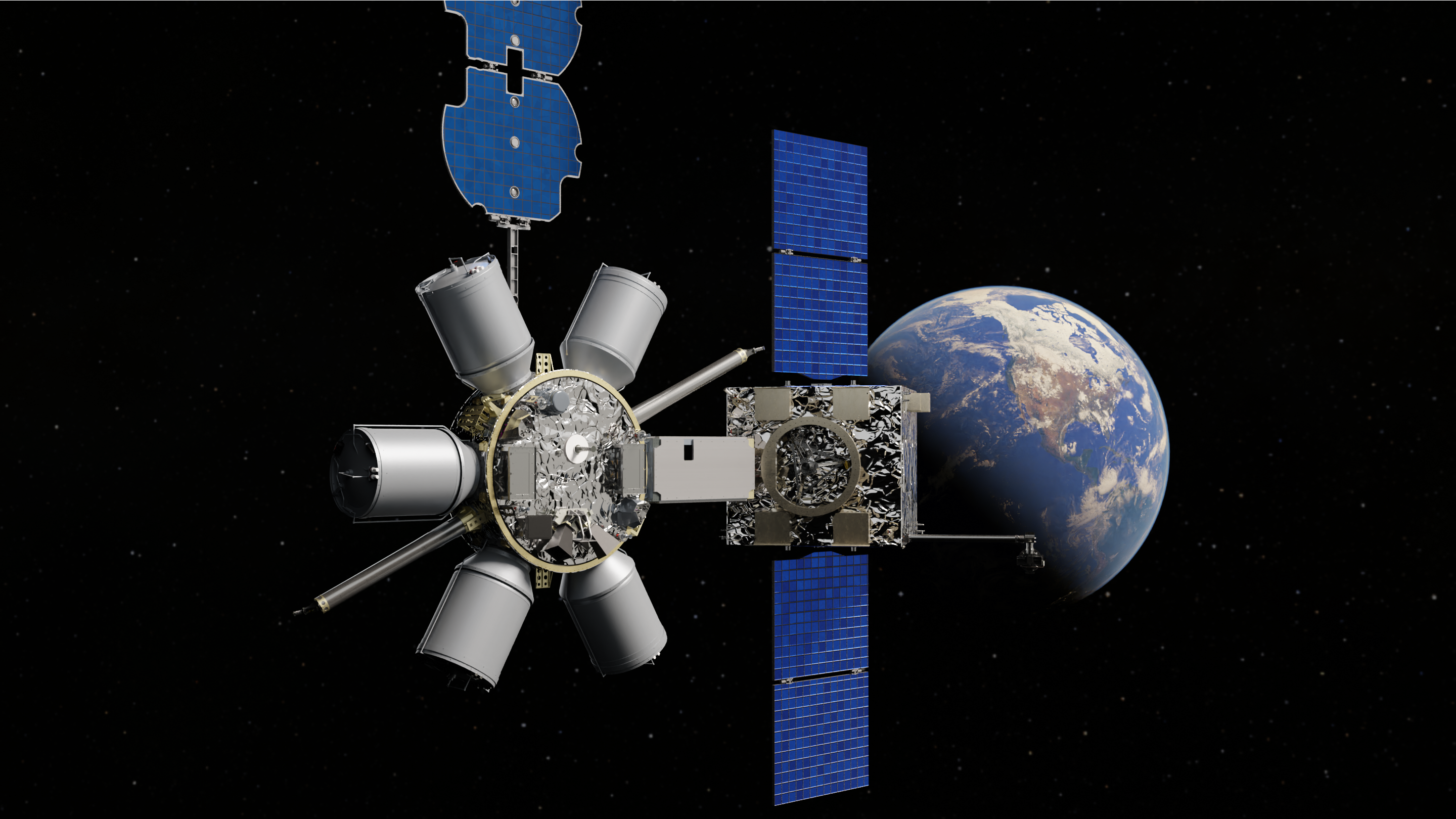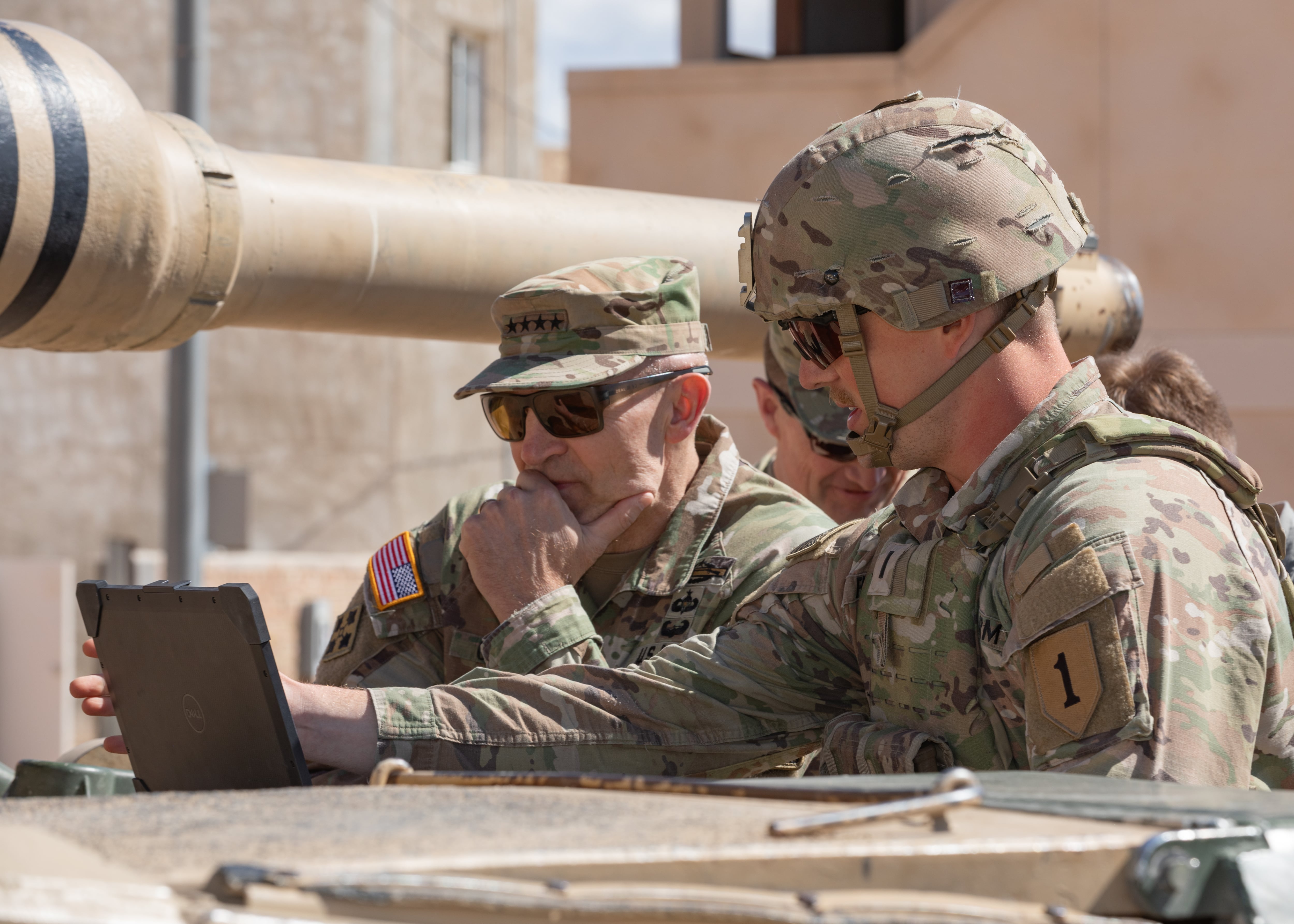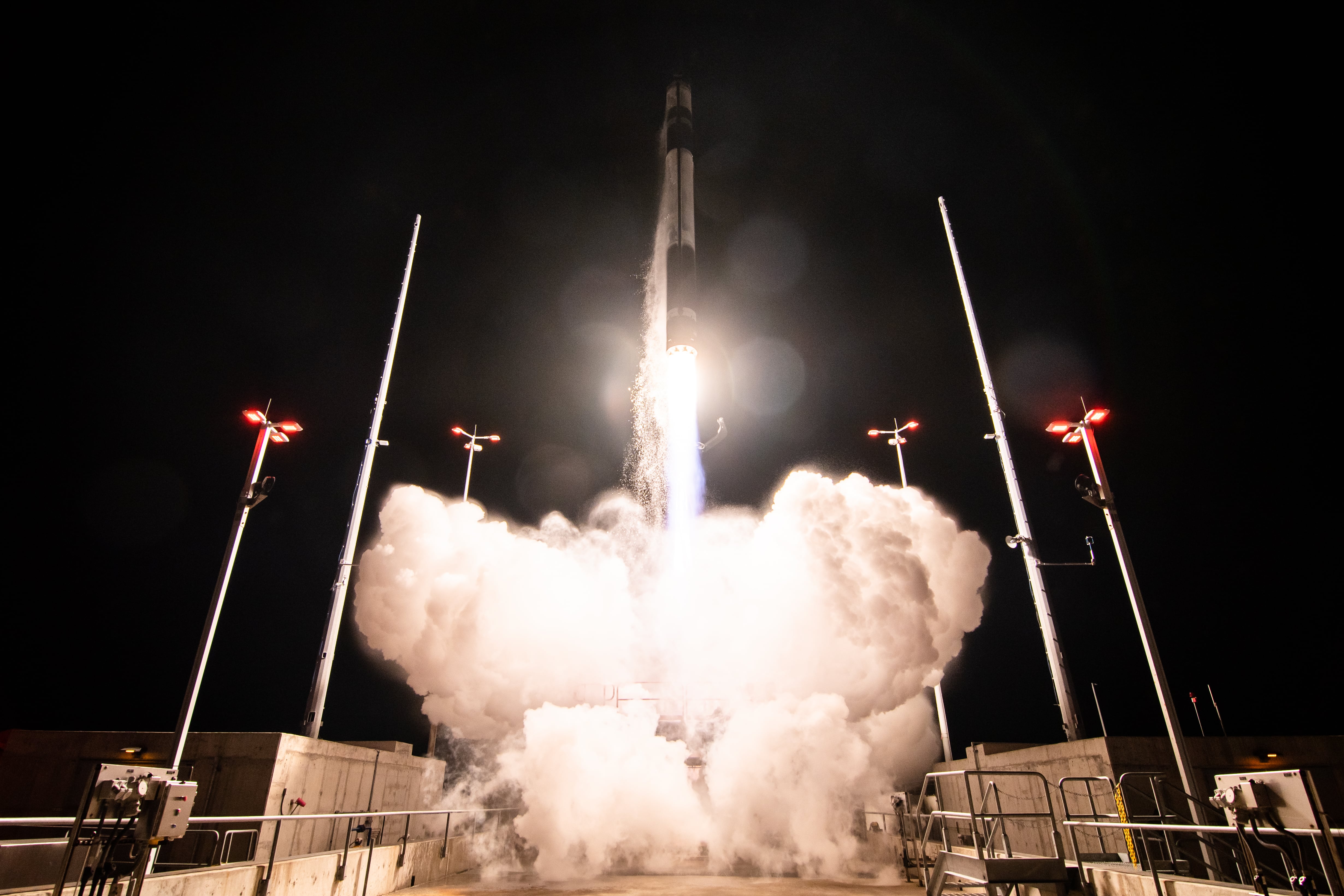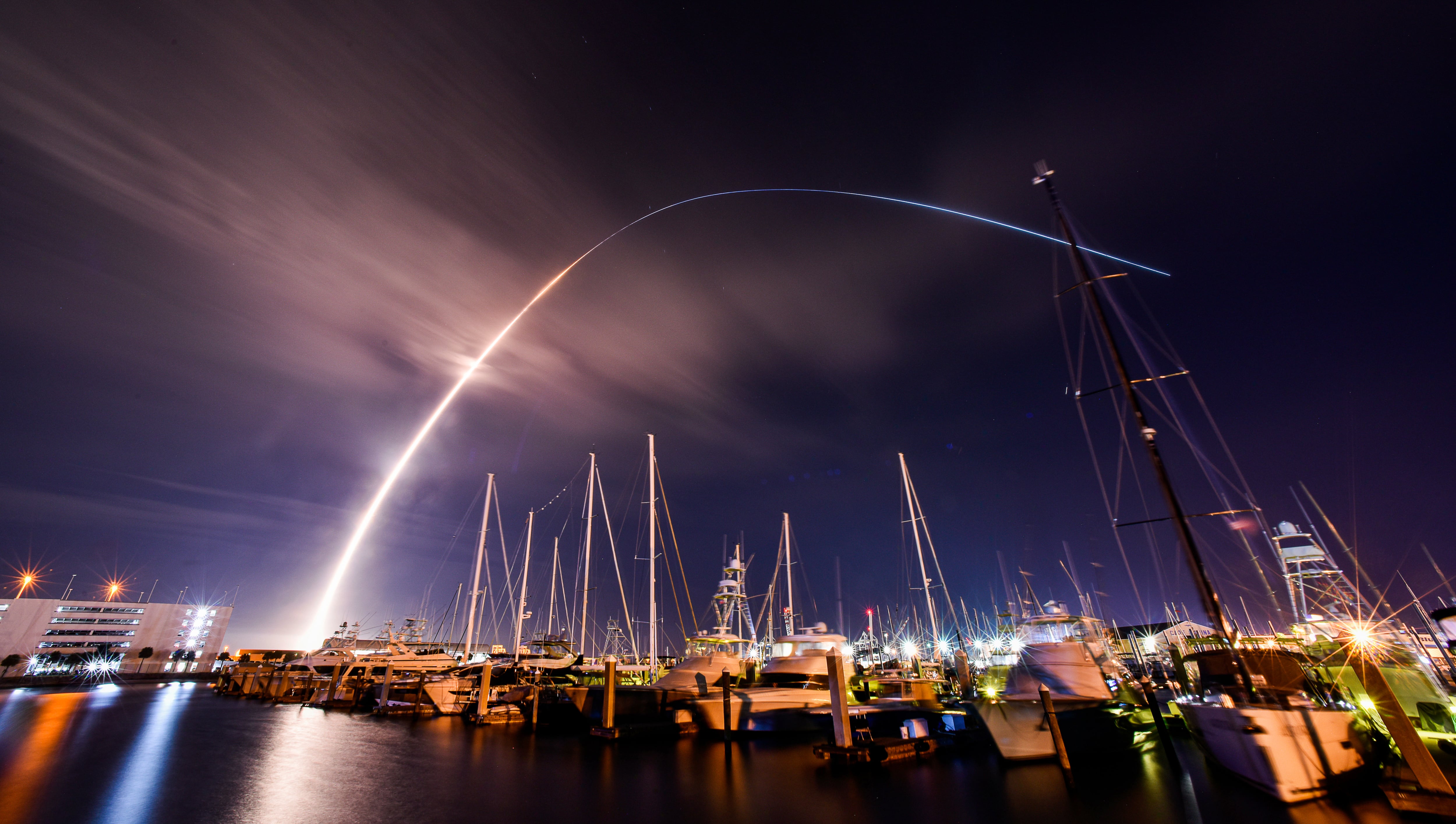Autonomous vehicles work on a simple premise: at all times, the car must be able to sense the environment around it, and then process that information fast enough to successfully navigate. Presently, this means often bulky systems of cameras and LIDAR mounted on the top of factory-model vehicles, watching and directing the vehicle in real time. If the sensors break, there’s a chance that the autonomous car is then dead in the water ... err ... road, and no one wants to be stuck in that situation. To meet this so-far hypothetical problem (or possibly to prevent the competition from doing the same), Ford filed a patent, published earlier this month, for “surrogate vehicle sensors,” or a drone that lands on the car to replace its broken sensors.
From CNET:
According to Ford’s patent filing, your vehicle would register a fault in one of its sensors and using a vehicle-to-vehicle network, it communicates with one of these drones, which then finds its way to your vehicle. Once there, it lands on and acts as a replacement sensor while it directs your vehicle to a nearby repair center where the issue could be fixed permanently.
Patent filings don’t guarantee future production, but they’re a solid springboard for implications of a future technology, a possible path yet-to-be-taken. So what could this technology mean, assuming the idea was pursued to fruition? And, more importantly for anyone reading here, what could this do for military vehicles?
First, this assumes a world where vehicles have a reliable data port for the drone to plug into, and it also assumes a network of relief-driver drones ready to swoop into action and take over the hobbled car, feeding new data from a sensor onboard the drone into the car’s own internal navigation system. This would be quite the infrastructure challenge for civilian vehicles on roads, though I suppose not an impossible one.
In a military context, we can picture a similar setup used to the ability to repair sensors on an Infantry Fighting Vehicle, or perhaps rescuing a stuck autonomous supply truck after it loses a camera. Any system light enough to mount on a drone could be added after a short flight to a vehicle, so long as the drone could connect with the vehicle’s onboard computers. It would be one way to add modularity to a fleet, with the possible modifications limited only to what a drone can fly out and plug in. A drone system like this could be instrumental in retrieving vehicles abandoned by crew or left stranded for situational concerns, provided the wheels or tracks of the vehicles are still working.
There’s nothing in the patent about securing the connection used by the drone to communicate with the vehicle it docks onto, though it’s a safe assumption that any such tool would need some protocol making sure only drones that are supposed to take over navigation of vehicles actually do so. Otherwise, the entire process opens up a world where adversary drones could latch onto vehicles and perform a hostile takeover. If mobile navigation systems can latch onto cars to steer them in a helpful way, then no doubt someone will attempt to adapt the same technology for malicious ends.
This is veering into straight-up fiction, so I’ll leave the remaining implications for screenwriters. Still, what stands out about the patent is how it imagines a whole new interaction between vehicles, aerial robots autonomously dispatched to augment passenger-carrying robots when they get stuck. The future is likely far weirder than we give it credit for, and something this strange is now at least floating into the realm of possibility.
Kelsey Atherton blogs about military technology for C4ISRNET, Fifth Domain, Defense News, and Military Times. He previously wrote for Popular Science, and also created, solicited, and edited content for a group blog on political science fiction and international security.








